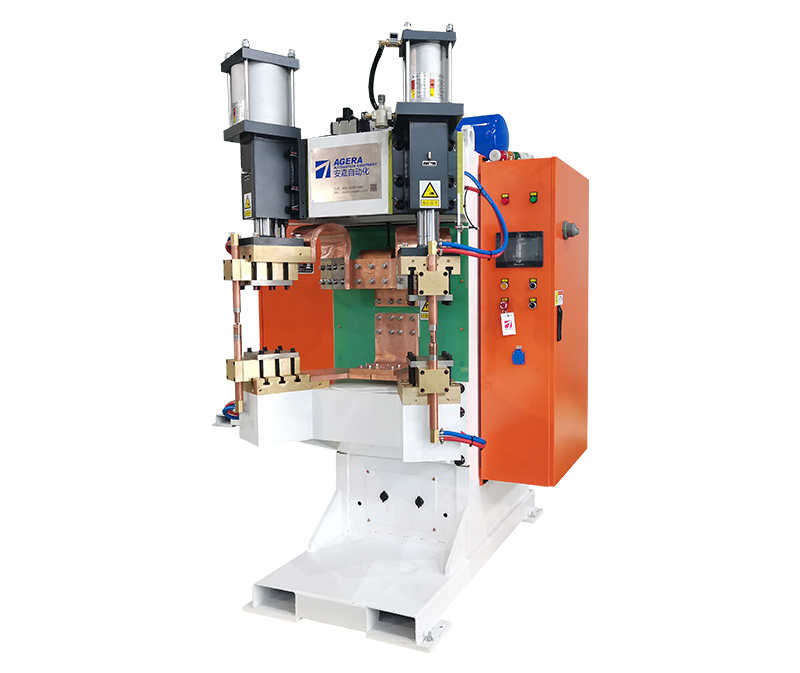Guidelines and Precautions for the Proper Use of Nut Spot Welding Machines
Nut spot welding machines are essential tools in various manufacturing processes, providing secure and efficient welds for joining nuts to workpieces. However, to ensure their safe and effective operation, it is crucial to follow specific guidelines and take necessary precautions. In this article, we will explore the proper use and essential precautions for nut spot welding machines.
- Proper Training and Certification: Before operating a nut spot welding machine, operators must receive comprehensive training and certification. Training should cover machine operation, safety protocols, and troubleshooting techniques. Ensuring that only trained and certified personnel handle the machine minimizes the risk of accidents and ensures proficient performance.
- Adhering to Safety Measures: Safety is paramount when using nut spot welding machines. Operators must wear appropriate personal protective equipment (PPE), such as safety glasses, welding gloves, and protective clothing, to shield themselves from sparks and potential hazards. Additionally, the work area should be clear of clutter and well-ventilated to prevent fumes accumulation.
- Calibration and Maintenance: Regular calibration and maintenance of the nut spot welding machine are essential to ensure accurate and consistent welds. Calibration should be performed by qualified technicians, and any required adjustments or repairs should be promptly addressed. Routine maintenance prevents unexpected breakdowns and extends the machine’s lifespan.
- Welding Parameter Optimization: Achieving optimal welding results relies on appropriately setting welding parameters, such as current, voltage, and welding time. These parameters may vary depending on the material thickness and joint design. Regularly monitor and fine-tune these settings to achieve consistent and high-quality welds.
- Material Selection and Compatibility: Careful consideration of material compatibility is vital to ensure successful welds. Selecting appropriate materials and nut sizes for the specific application prevents issues such as poor adhesion and weak welds. Material compatibility testing and verification should be conducted before mass production.
- Inspection and Quality Control: Regular inspection of welds is crucial to maintaining weld quality and preventing defects. Implementing a stringent quality control process ensures that only properly welded nuts proceed to the next stage of production. Any non-conforming welds should be identified, and corrective actions should be taken.
Using nut spot welding machines properly and following safety guidelines is imperative to achieve optimal welding results and maintain a safe working environment. Operators should receive proper training and certification, adhere to safety measures, and conduct regular calibration and maintenance. By optimizing welding parameters and material compatibility and implementing robust quality control measures, manufacturers can ensure the efficiency and reliability of their nut spot welding processes. Following these guidelines and precautions will lead to enhanced productivity and the production of high-quality welded assemblies.
